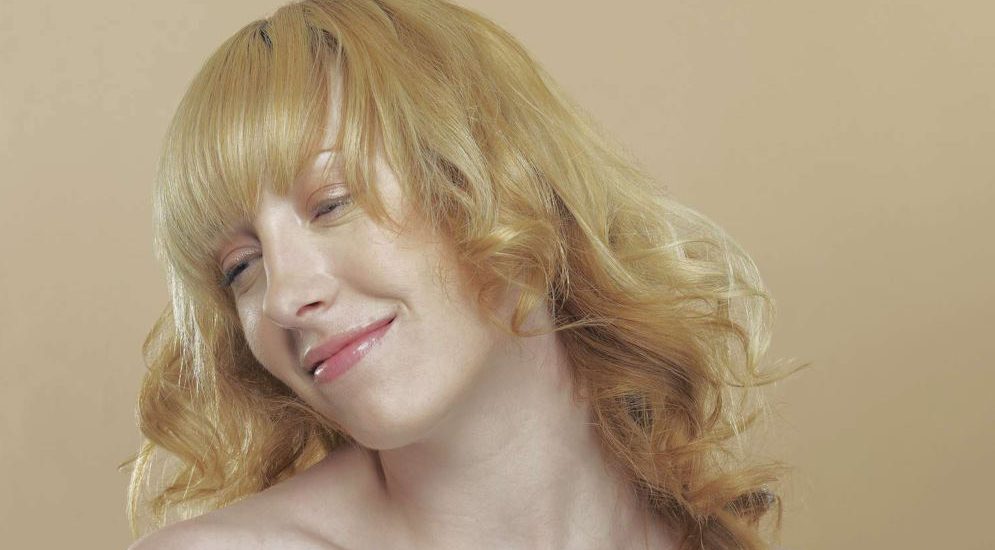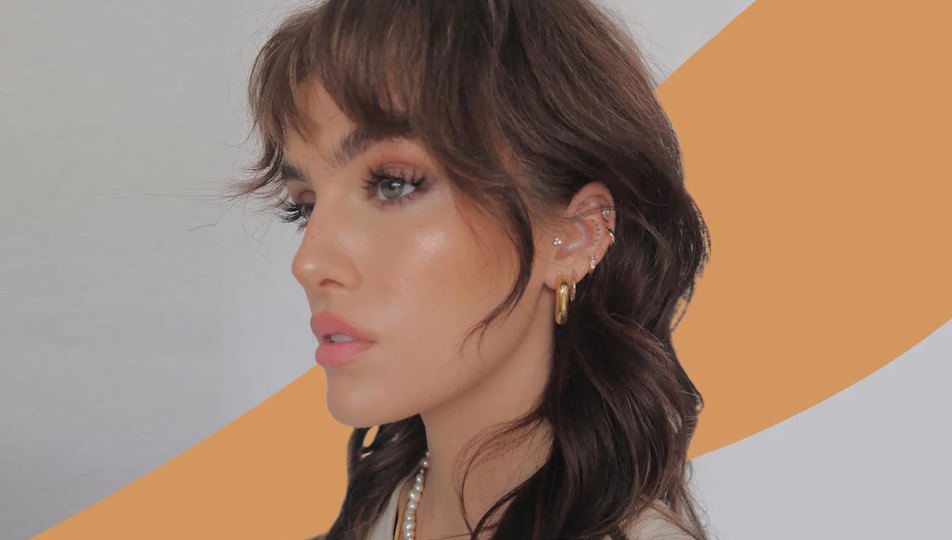- March 4, 2024
- Posted by: Mary Martin
- Category: Festival Hair Ideas

Since its inception in the early 2000s, the wolf haircut has undergone a remarkable journey, garnering attention from celebrities, influencers, and fashion designers around the globe. Its rise from obscurity to prominence reflects not only shifting trends within the fashion industry but also broader cultural shifts in attitudes towards self-expression and identity.
Cultural and Social Significance
The wolf haircut has deep-rooted connections with various subcultures, serving as a visual marker of belonging and identity. Originally popularized within alternative music scenes and urban street culture, the style was embraced by subcultures seeking to challenge conventional norms and assert their individuality. From punk rockers to skaters, the wolf haircut became a symbol of rebellion and nonconformity, embodying the ethos of countercultural movements.
Beyond its aesthetic appeal, the wolf haircut carries rich symbolism and representation. With its wild, untamed appearance reminiscent of the animal it’s named after, the style exudes an aura of strength, freedom, and primal energy. For many wearers, sporting the wolf haircut is not just about looking good, but also about embracing one’s inner spirit and breaking free from societal constraints.
The wolf haircut has also played a significant role in challenging traditional gender norms and expanding notions of beauty and expression. Originally associated with masculinity due to its rugged and unconventional appearance, the style has increasingly gained popularity among people of all genders. By defying stereotypes and blurring the lines between masculine and feminine aesthetics, the wolf haircut has become a powerful tool for self-expression and empowerment in the realm of gender identity.
 Adoption and Mainstream Recognition
Adoption and Mainstream Recognition
The journey of the wolf haircut from a niche subculture to mainstream fashion staple is a testament to its enduring appeal and cultural significance. What once was considered an underground style reserved for rebels and trendsetters has now permeated mainstream culture, gracing the heads of fashion-forward individuals worldwide. The transition of the wolf haircut from obscurity to ubiquity reflects a broader shift in societal attitudes towards non-traditional hairstyles and individualistic expression.
Social media platforms and celebrity endorsements have played a pivotal role in catapulting the wolf haircut into the spotlight. With the rise of Instagram, TikTok, and other social networking sites, images of the wolf haircut spread like wildfire, capturing the attention of millions and sparking a global phenomenon. Celebrities and influencers, from musicians to actors, have further amplified the trend by proudly flaunting their wolf-inspired locks, effectively turning the hairstyle into a symbol of cultural relevance and status.
The integration of the wolf haircut into high fashion and runway shows marks its evolution from a streetwear staple to a bona fide fashion statement. Renowned designers and hairstylists have embraced the style, incorporating it into their collections and editorial spreads. Whether paired with avant-garde ensembles or showcased in minimalist settings, the wolf haircut has become a fixture on the catwalk, solidifying its status as a symbol of cutting-edge style and sophistication.
 Adoption and Mainstream Recognition
Adoption and Mainstream Recognition
The journey of the wolf haircut from a niche style to a mainstream sensation reflects a fascinating shift in societal tastes and perceptions. Initially confined to countercultural circles and underground scenes, the wolf haircut gradually gained traction among a broader audience, transcending its subcultural roots. This transition can be attributed to a growing appreciation for individualistic expression and a willingness to embrace unconventional beauty standards. As the hairstyle gained momentum, it became synonymous with boldness and confidence, appealing to individuals seeking to make a statement with their appearance.
Social media platforms have been instrumental in propelling the wolf haircut into the mainstream spotlight. With platforms like Instagram and TikTok serving as virtual runways for trendsetting individuals, images of the wolf haircut spread rapidly across the internet, captivating audiences worldwide. Moreover, celebrity endorsements have played a crucial role in popularizing the style, as influencers and A-listers proudly showcase their own take on the trend. This exposure not only solidifies the wolf haircut’s status as a fashion must-have but also reinforces its cultural relevance and desirability.
The integration of the wolf haircut into high fashion and runway shows underscores its ascent to fashion royalty. Renowned designers and hairstylists have embraced the style, incorporating it into their collections and editorial shoots. Whether showcased in avant-garde fashion spreads or worn by models strutting down the catwalk, the wolf haircut has become a symbol of sophistication and cutting-edge style. Its presence in high fashion circles cements its status as more than just a passing trend but rather as a timeless emblem of individuality and self-expression.

